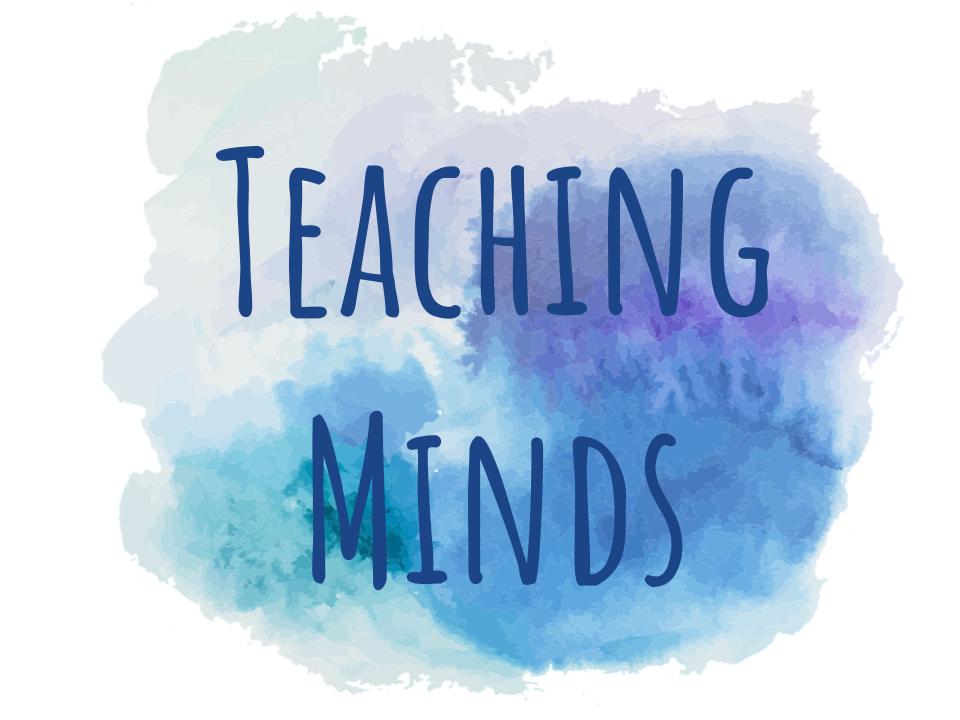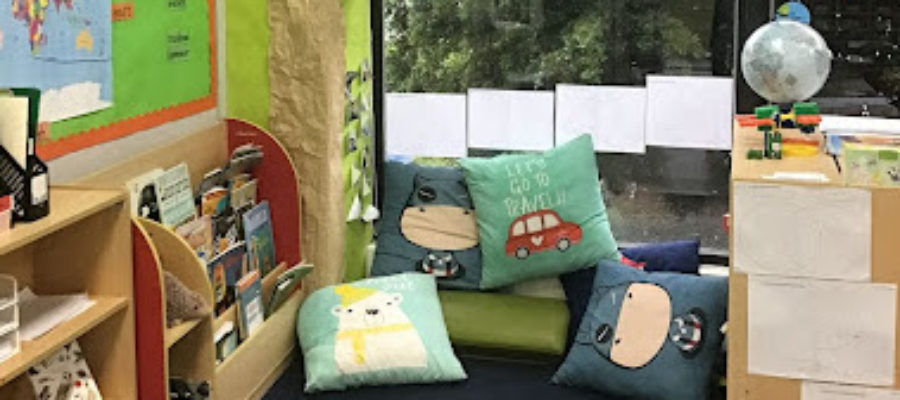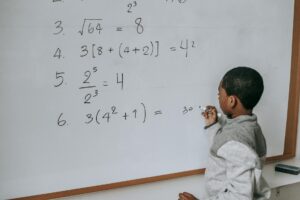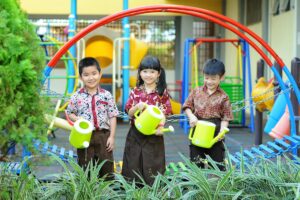- Teaching about neuroscience
The lessons I taught at the beginning of the year are described in this blog post.
I found these lessons invaluable in fostering a growth mindset and introduced concepts that could be referred back to throughout the year. I tried to keep some key images and messages up in the classroom to support this.
- Play date with buddy class (Year 5)
This was part of our ‘Children’s Day’ celebration and was the first time the children met their ‘buddies’. The play date was in the infant playground and consisted of a few teacher led games (e.g. dodgeball) they could participate in or the choice for free play. The fun that was had far surpassed my expectations. I think the Year 5s were excited to be back on the Infant play equipment and were really good at initiating games the Year 2s loved. Some students liked the option of an adult led game to begin with, but once they had got to know their buddy, they soon wanted to go off and play more independently. Free play is something I refer to in this blog post and essay and I think was made more valuable by the mixed age group.
- A class worry box
A worry box is a great way of keeping tabs on concerns in the class, providing a space to voice those concerns and building connections through privately addressing the concerns that arise. We made our class worry box after a few PSHE sessions around feelings (lessons linked here) To launch the lesson about worries, we read the story The Very Hungry Worry Monsters. To make the worry box a more central part of the classroom and not just gathering dust, I asked the children to participate in decorating it with their own worry monsters. These turned out great, many children ended up making a few! And they were taped to our worry box as a reminder of the story and hopefully helping the children feel more connected to it.

- Table groups
Due to Covid related, precautionary measures. The year began with children sitting in a fixed seating plan which is different to my usual practice. I thought I would hate it but there was something to be said for the consistency of it and I felt that children bonded well with the children they shared a table with. That said, I didn’t want to keep the places the same all year long, so each half term I swapped around seats but also asked children who they wanted to have at their table. This helped me to see friendship groups, children who might be struggling to find friends and made sure they had some people they felt comfortable with at their table.
- Routine
Consistent routines have far fewer variables which means knowing what to expect. This can be an important mental health support for adults as well as children! This year, I have really tried to keep routines consistent. That has involved always having a quiet morning activity as the children enter the classroom (or the choice to use the book corner) and keeping the timetable consistent as much as possible e.g. guided reading before phonics everyday. It also means having a reliably consistent approach to behaviour which is sometimes easier said than done!
- Cosy book corner
I think all classrooms should have a space where children can feel ‘at home’. Book corners can be an ideal setting as they naturally invite a quiet cosiness. There are a lot of book corner designs out there, far more elaborate than I tend to make mine. However, when I create it, I tend to think about the sort of setting I like to read or reflect. Most often it is a seat you can curl up in and usually by a window or natural light (sunlight definitely increases happiness chemicals). I would still like to add on my book corner, perhaps with some pieces of material and some more story telling props (although perhaps that would make it lose some of the peace?) but for this year, it has definitely been a well-loved and utilised space.
- Dedicated week for anti-bullying with lots of stories
Bullying, in all its forms, almost always comes up as a worry for students and a whole school approach to dealing with it is essential. Anti-bullying week is an ideal time for doing this and this year, we dedicated all of our week’s literacy sessions towards addressing anti-bullying strategies. As with many PSHE topics, the themes were great to explore through books. The website Book Lists for Topics has some great examples to include in your repertoire. In Year 2, I found the series by Melissa Higgins promoted some really good discussion ‘Teasing Isn’t Funny’ is one example.
- Stickers!
Ok, so I later found out that stickers are not part of my school’s marking policy… However, I feel so much joy/pride/self-esteem can be gained from finding a sticker in your book that it was worth mentioning for the schools it may apply to. There is perhaps an age limit when a shiny sticker starts to lose its appeal but certainly in KS1, a sticker awarded for effort gives a great moral boost. I often awarded them for things such as attempting a difficult challenge or remembering a writing target and they also had the value of two merits.
- Mixed ability friendship seating (linked to number 4)
I haven’t always done this and it may not work for every cohort, but for my class this year, I felt it was definitely the best option. My undergrad dissertation focused on the merits of mixed ability groupings so it is definitely something I have kept in mind throughout my career. For lower attaining students, it can be particularly valuable to have higher attaining students at the table for a variety of reasons. The friendship aspect of it involved me asking the children who they would like to sit with each half term and then rejigging the seating plan accordingly. In my experience, most friends do actually work well together, and in cases where there is copying or distraction, this can be addressed and seats can be moved if needed.
- A visualizer to share and celebrate work
Alongside stickers to celebrate effort, sharing work with the class can be hugely rewarding and motivating for some (though not all) students. Again, the effort is valued over outcome and I try to ensure it’s not always the same children. For writing, I find that children especially enjoy hearing their work read out loud in a slightly dramatic fashion. Just a little extra expression can elevate a piece of writing from something they were not 100% confident with to feeling like a fully-fledged author!





